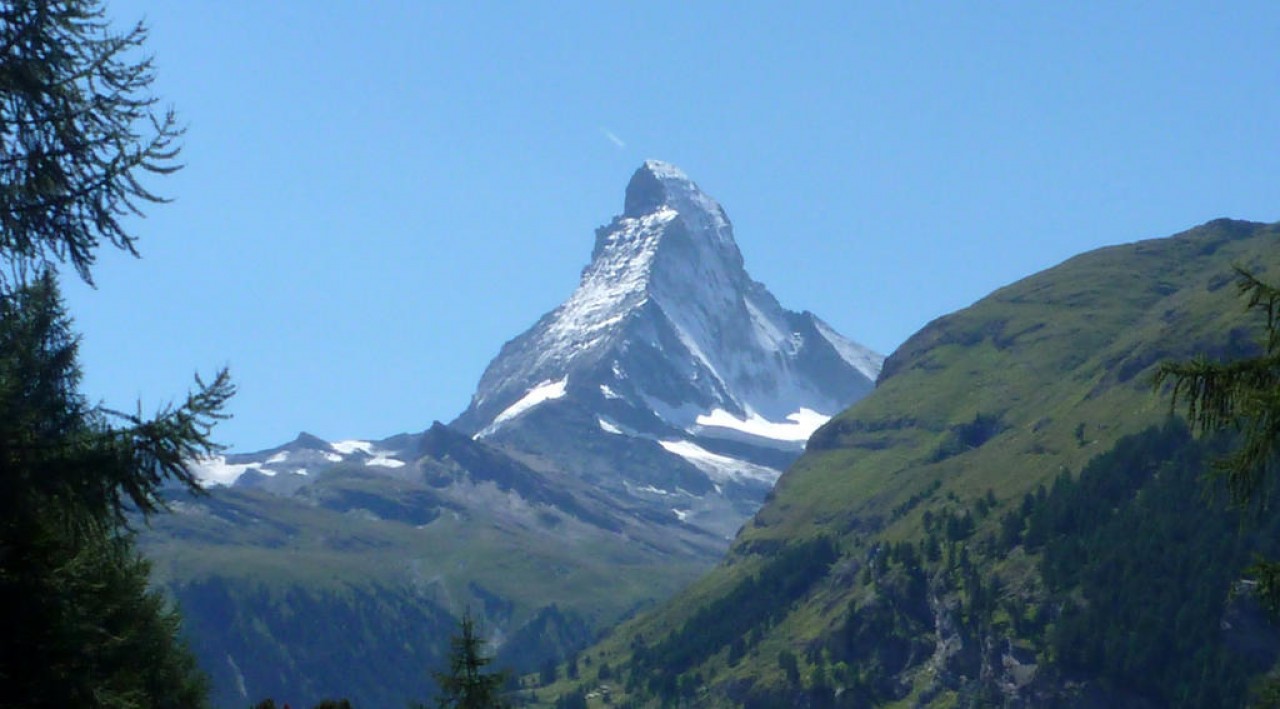
Best known for the perfect, pyramidal form of mighty Matterhorn, the Valais region of Switzerland is also home to a top quality culinary scene and the country’s largest wine producing area.

One of the last cantons to join the federation in 1815, the Valais (Wallis) region of [Switzerland](/country/switzerland) boasts some of the country’s most famous exports. Tourism is big business here with upmarket resort towns like Verbier and [Zermatt](https://winecities.vinorandum.com/zermatt) drawing affluent holidaymakers from Europe and beyond with a host of world class hotels, fine dining experiences and, for the latter at least, a setting that benefits from perhaps the most renowned of all Swiss brands: The Matterhorn. Less is known however, about the canton’s wine credentials, largely on account of the fact that so little of the produce crosses the cantonal line let alone the national border. But it turns out that the people of the Valais have been making (and drinking) wine for centuries. Evidence, in the form of a ceramic bottle inscribed with confirmation of its contents and dating back to the second century BC, has been discovered near the town of Sembrancher in the west of the canton, and various historical texts mention wine being used as a ritual offering to honour the dead. Nowadays, the vineyards of the Valais cover an area of 5,000 hectares, producing more than a third of the country’s total yield. The main wine producing area of the region extends in linear progression along the upper Rhone valley, from the town of Martigny in the French speaking lower part of the canton, to Visp in the German Oberwallis. The south facing sun-licked terraces of this 70 kilometre stretch and the diversity of its soils - largely as a result of glacial retreat, provide optimal growing conditions for a range of unique red and white varieties. The dramatic terroir and vertiginous topography of this mountainous region present as many opportunities as problems. The steep gradients on which the vines are typically planted, whilst rendering them significantly more difficult to tend and harvest, provide huge benefits in terms of exposure to sunlight and superb drainage. Sheltered by the the high peaks of the Swiss alps, the region also profits from the Föhn - a warm, strong, downslope wind which affords the area warmer temperatures and dryer conditions than would otherwise be expected at this altitude thus accelerating the maturation of the grape. Indeed the highest vineyard in Switzerland can be found in the Valais; perched precariously on the edge of steep west facing slopes at an elevation of 1100 metres above sea level, the vines of the village of Visperterminen also rank amongst the highest in Europe. The region boasts in excess of 100 appellations and more than 60 grape varieties. [Pinot Noir](/pinot-noir) ([Blauburgunder](/blauburgunder)), established in the Valais for more than 150 years, is the most widely grown red and the first Grand Cru variety in the region, whilst [Chasselas](/chasselas) (known here as [Fendant](/fendant)) is undisputed king of the whites. With a planted area of just over 500 hectares, [Gamay](/gamay-noir) - commonly blended with [Pinot Noir](/pinot-noir) to produce the cantonal staple - Dôle, is the second most prevalent red in a region whose crop also includes rare indigenous varieties such as [Cornalin](/cornalin) and [Diolinoir](/diolinoir). One very interesting native is [Petite Arvine](/petite-arvine) - an orphan white whose production in the Valais dates back to the seventeenth century. This high class grape which produces quality, textured wines is now grown almost exclusively here on the slopes of the Rhone valley. It's true to say that wine is a way of life here. Valaisians joke that almost everyone who lives in the canton owns or tends a vine or two, and with independent vignerons and cooperatives making and marketing their own quality produce with an increasingly commercial focus, the vineyards of the Valais are setting the pace in a Swiss wine revolution…